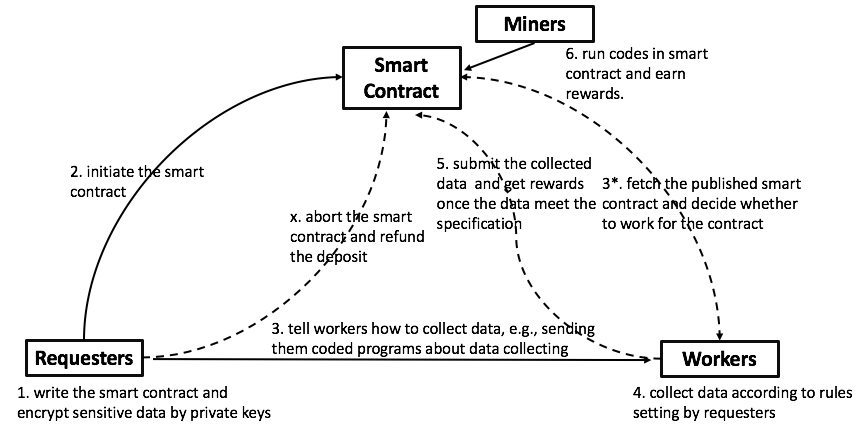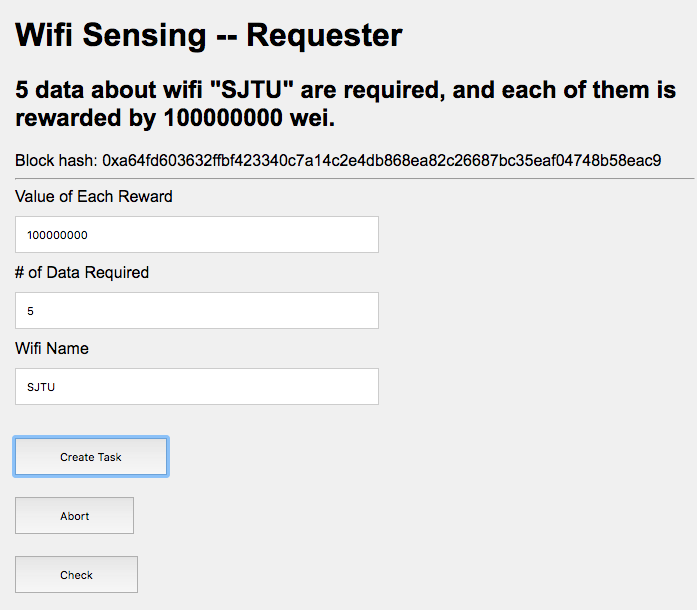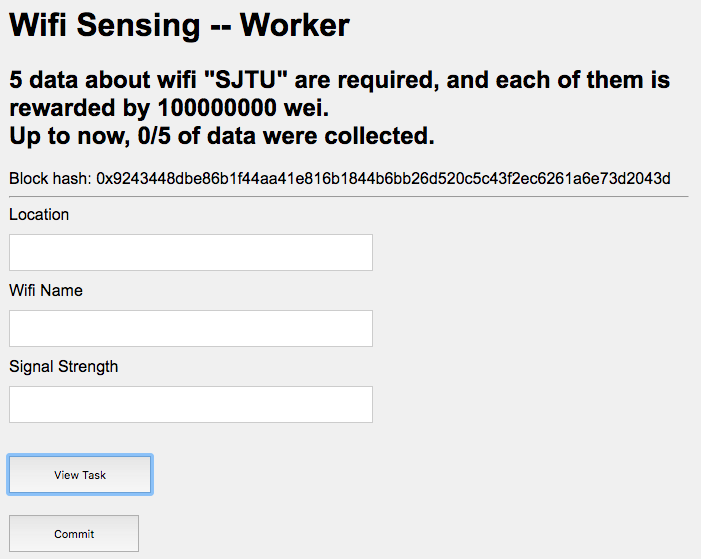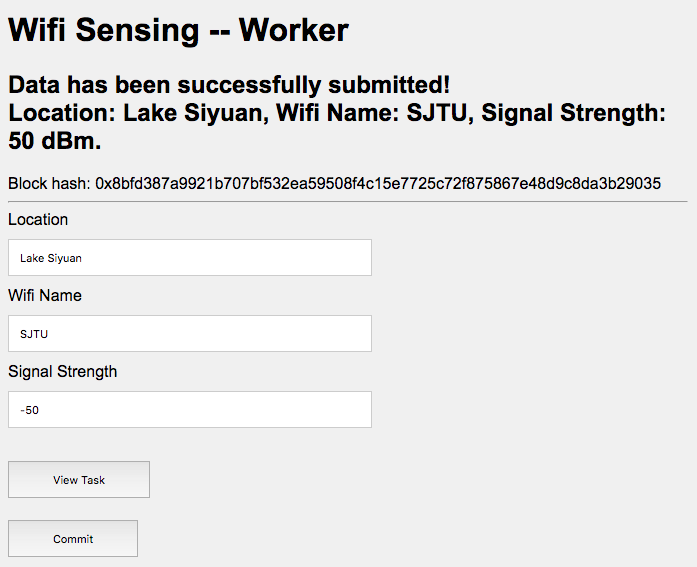Configure WFDB from physionet in Ubuntu 16.04
Install prerequisites
1 | apt-get install gcc libcurl4-openssl-dev libexpat1-dev |
Download the current version of the WFDB software package
Download from https://physionet.org/physiotools/wfdb.tar.gz, then run
1 | tar xfvz wfdb.tar.gz |
Configure, install, and test the package
1 | cd wfdb-10.x.y ... here 10.x.y represents the version of wfdb in your PC |
Install the WAVE on 64 bit Ubuntu
Basically, we first install 32-bit dependencies for the WAVE and then restore 64-bit dependencies in Ubuntu.
1 | sudo -s |
Test using an example
Build a .c file named as psamples.c:
1 |
|
Compile it using following command:
1 | gcc -o psamples psamples.c -lwfdb |
Run it:
1 | ./psamples |
Then you can view the outputs as below:
1 | 995 1011 |
References
- https://physionet.org/physiotools/wpg/wpg.htm#Top [WFDB Programmer’s Guide]
- https://physionet.org/physiotools/wfdb-linux-quick-start.shtml [WFDB quick start for GNU/Linux]
- https://physionet.org/physiotools/wave-installation.shtml [WAVE installation notes]






